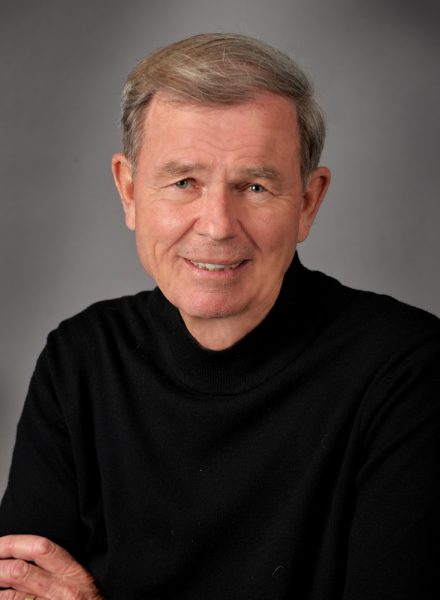Laguna’s Olympic Village

The 2020 Summer Olympics would have started today in Tokyo except for the coronavirus pandemic. To salve the loss, let’s go back to Laguna’s role in the 1932 Los Angeles Olympics. It was during the Depression, and Laguna’s starving artists contrived to lure well-heeled visitors to Laguna with a living art show. Lagunans know how this grew into our world-famous Pageant of the Masters and Festival of Arts. But there’s a lesser known Laguna Olympic story.
The 1932 Olympics introduced an innovation—an Olympic village where athletes could live and associate. Over five hundred two-room huts, just ten by twenty feet in size, were built to house four men each. (Female athletes stayed in a hotel.) The cost was to be recouped by selling them after the Olympics.
Around this time a Whittier citrus and walnut farmer named Robert W. George owned hillside land high in Bluebird Canyon. He died in 1931 but three weeks after the Olympics his estate filed a tract map to develop the property into 163 small lots. The Laguna Heights Land Company promoted the development as “Laguna Olympic Village,” a name lost to time but worthy of restoration.
The lots were sold with the option to have an Olympic hut delivered when the owner had prepared a foundation. The first buyer, according to a 1984 “Laguna News” article, was a painter named John Carlstrom who paid $450 for the land and $400 for an Olympic Village hut. Many followed Carlstrom, at our Olympic Village and around Laguna, in repurposing the bungalows. One, at 168 Mountain Road, will be restored as a part of the Coast Inn redevelopment.
It sounds a bit loose by today’s standards but the result was one of Laguna’s most charming, eclectic, and people-friendly neighborhoods. A narrow Bluebird Canyon Drive climbs the verdant hillside with even narrower lanes splitting off at the switchbacks. Twelve side streets are named for Olympic athletes: Babe Didrikson (later Zaharias), winner of two golds and a silver medal (with a third gold denied on a technique error), an all-time great athlete of many talents, gave us Didrikson Way. Madison Place is named for Helene Madison who came to the Olympics having broken 16 world swimming records in 16 months and became the biggest woman’s winner with three gold medals. These women, giants in their time, live on in Laguna.
Buster Crabbe, USC’s first All-American swimmer and a gold medalist who went on to become a Hollywood star, became Crabbe Way. Frank Wykoff, who won gold medals in three Olympic 4×100 relays (’28, ’32, and ‘36) setting a world record each time, an unequaled feat, was an unusually good man who became an educator in Los Angeles. He gave us Wykoff Way.
Our Olympic Village has a remarkable number of artists; resident Beverly Kelly calls in “the real art colony.” Besides the quiet peacefulness, it’s an unusually close neighborhood; in my search for information it was clear the people really like and know each other. As Dr. Janet Chance says, “It’s the happiest place I’ve ever lived.” There’s meaning in that.
Skip fell in love with Laguna on a ‘50s surfing trip. He’s a student of Laguna history and the author of “Loving Laguna: A Local’s Guide to Laguna Beach.” Email: [email protected].




